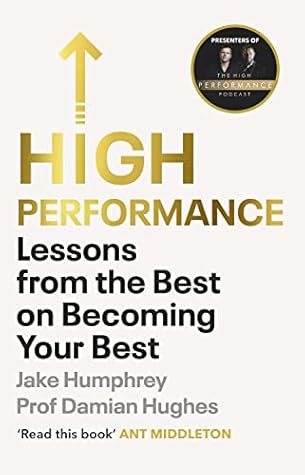More on this book
Community
Kindle Notes & Highlights
‘The only way to win is through consistency. Consistent messages, consistent behaviours and consistent consequences.’
‘Cultural architects are people who are able to change the mindset of others,’
Cultural architects are marked out by three characteristics: their status, their attitude and their talent.
The same three ingredients of leadership, again and again. Set behaviours. Focus on what matters. Find your lieutenants.
It isn’t even always about making all the calls yourself. It’s about setting direction – and trusting those around you to do the right thing.
Leaders aren’t autocrats. They set the direction, and trust their teams to find the path themselves. What does this entail? First, leaders outline the group’s objectives. Find your big, hairy, audacious goal – or BHAG – and make it central to everything you do. Second, leaders cut out the bullshit. A crucial part of leadership is directing people what not to do. Third, leaders never act alone. Seek out your cultural architects – the high-status, likeable, talented individuals who everyone in the group admires. And trust them. Remember that leadership is high-pressure, but it need never be
...more
‘It’s a question of two things: energy and attitude,’
‘Attitude is everything,’ he explained. ‘You can have all the talent that God provides you with, but without attitude – the ability to be open, to listen and learn – you are not going to achieve anything.’ ‘You can have all the talent that God provides you with, but without attitude, you won’t achieve anything.’ Mauricio Pochettino And energy? ‘Energía universal’, the Argentinean said, slipping into Spanish. Universal energy. To Pochettino, this energy is a kind of life force – it seeps into everything.
Finally, there was the ‘commitment’ model. In a commitment culture, people work at the organisation because they have a strong connection to it – they feel invested in its purpose, they care about their colleagues. These companies place staff at the heart of everything they do (most commitment cultures avoid redundancies at all costs). These businesses invested heavily in training, emphasised high levels of teamwork and organised activities to bring staff together. Here, culture was everything.
If I make a mistake on my team, do I feel it’s held against me? Are my colleagues able to bring up problems and tough issues? Is it safe to take a risk? Is it difficult to ask other members of this team for help? When I am working with colleagues, do I feel my unique skills and talents are valued and used?
Culture is everywhere. But we often ignore it. This is a mistake – because if you can forge a high-engagement ‘commitment culture’, high performance takes care of itself. Three ingredients make a commitment culture. First, meaning. People need a sense of purpose. Try to answer that simple, all-important question: why are we doing this? Second, connection. Attempt to boost the emotional bonds within a group. Take stock frequently: are your teammates happy or sad, motivated or demoralised? Third, safety. Team members must feel able to make mistakes. Don’t hold grudges and learn to embrace
...more
‘Motivation is a choice, not something that simply happens to you.’


